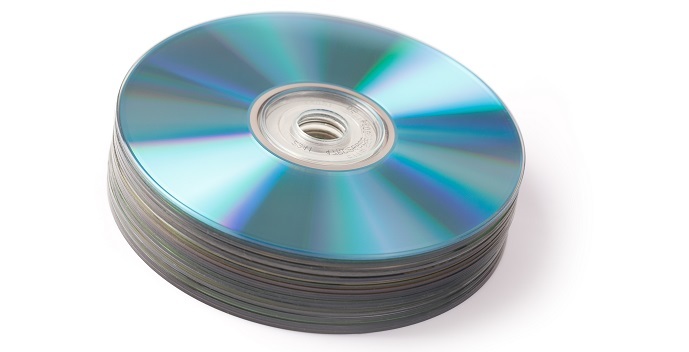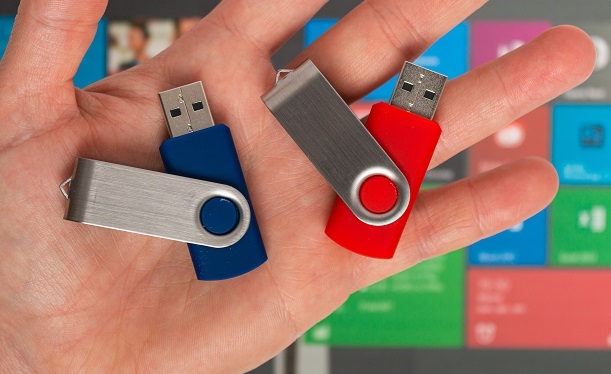
 Data Structure
Data Structure Networking
Networking RDBMS
RDBMS Operating System
Operating System Java
Java MS Excel
MS Excel iOS
iOS HTML
HTML CSS
CSS Android
Android Python
Python C Programming
C Programming C++
C++ C#
C# MongoDB
MongoDB MySQL
MySQL Javascript
Javascript PHP
PHP
- Selected Reading
- UPSC IAS Exams Notes
- Developer's Best Practices
- Questions and Answers
- Effective Resume Writing
- HR Interview Questions
- Computer Glossary
- Who is Who
What is the full form of ERD?
Introduction
Emergency Repair Disc (ERD) is a tool for repairing and debugging Windows operating systems. It is a bootable disc or USB drive that includes several tools and programs that may be used to resolve common Windows system problems. ERD often comes with tools for resolving faulty system files, the Master Boot Record (MBR), restoring system settings, and other necessary system upkeep activities.

When a Windows system fails to boot correctly or when crucial system files are corrupted or destroyed, ERD is very helpful. Users may access several diagnostic and repair tools by starting the computer from the ERD.
Purpose of ERD
Emergency Repair Disc, or ERD, is a tool for maintaining and debugging Windows operating systems. It is a bootable disc or USB drive featuring a collection of tools and software that can assist in resolving common Windows system problems.
ERD plays a crucial role when a Windows system cannot start correctly or when crucial system files are corrupted or destroyed. Users may access several diagnostic and repair tools that can assist in identifying and resolving the underlying problems by starting the computer from the ERD.
In the event of a serious failure or malfunction, ERD's main goal is to offer a rapid and simple approach to repair and restore a Windows system. A portion of the key purposes behind ERD are
Windows working framework fixes and recovery The principal objective of ERD is to offer a method for fixing and recuperating a Windows working framework in case of a difficult issue or disappointment.
Bootable disk or USB drive ERD is a bootable disc or USB drive that includes several tools and programs that may be used to identify and resolve operating system problems.
Fix typical problems ERD comes with tools for repairing the Master Boot Record (MBR), correcting damaged system files, resetting the system, and carrying out other necessary system upkeep chores.
Save time and effort Users may need to completely reinstall the operating system without an ERD, which may be tedious and time-consuming. In these circumstances, ERD can assist users in saving time and effort by enabling them to swiftly solve the underlying problem and restore their system to operation.
Creating an ERD
The procedure of making an ERD (Emergency Repair Disc) is simple. On a Windows machine, follow these general steps to construct an ERD
A blank CD or USB drive should be inserted into your computer.
Type "Create a System Repair Disc" in the Start menu or "Create a Recovery Drive."
Pick the appropriate choice from the search results, then adhere to the directions displayed on the screen.
Choose the CD or USB drive you inserted in Step 1 when requested.
Hold off till the procedure is over. This might take some time.
When finished, add "ERD" to the CD or USB drive's label before putting it away in a secure location. Please note that depending on your version of Windows, the particular methods for establishing an ERD may change. A bootable recovery disc or USB drive may also need to be created using a third-party utility if your version of Windows doesn't support creating an ERD anymore.
Using an ERD
You may identify and fix problems with a Windows operating system using an ERD (Emergency Repair Disc).

The general strides for utilizing an ERD are as per the following
Put the ERD in your PC's USB port or Compact disc/DVD drive.
Press the key to access the Boot Menu after restarting your computer. Depending on the maker of your computer, this key may differ, but typical keys are F2, F12, or ESC.
Select the "Boot from ERD" option.
Hold off till the ERD loads. This might take some time.
Ad adheres to the on-screen directions to choose the language, keyboard layout, and other options.
Pick the maintenance technique that best resolves the issue you are having. For instance, you might have to fix the Master Boot Record, restore system settings, or correct damaged files.
To finish the repair procedure, adhere to the on-screen directions. It should be noted that the precise repair choices offered on an ERD may change based on the Windows version and the tools present on the ERD. To prevent future system damage, it's also crucial to properly follow the instructions. It would be preferable to seek the advice of a certified technician or IT expert if you are unclear about how to continue.
Conclusion
A bootable disc or USB drive called an ERD (Emergency Repair Disc) comprises a collection of tools and software used to fix and troubleshoot Windows operating systems. It offers a quick and simple solution to address frequent problems, saving time and effort while enhancing system dependability.
When a Windows system fails to boot correctly or when crucial system files are corrupted or destroyed, ERD is very helpful. Users may access several diagnostic and repair tools that can assist in identifying and resolving the underlying problem by starting the computer from the ERD.
FAQs
Q1. Can I utilize an ERD with any Windows version?
Ans: For usage with Windows operating systems, ERD is created. Nevertheless, the precise procedures for making and using an ERD might change depending on the Windows version you are using.
Q2. If I have a backup, do I still need an ERD?
Ans: While backing up your important data is crucial, an ERD can also assist in fixing problems with the Windows operating system. An ERD could occasionally fix the problem without restoring from a backup.
Q3. Can an ERD resolve all of my Windows system's problems?
Ans: No, not every problem with your Windows system may be resolved by an ERD. Some problems might need more equipment or the help of a trained technician.

